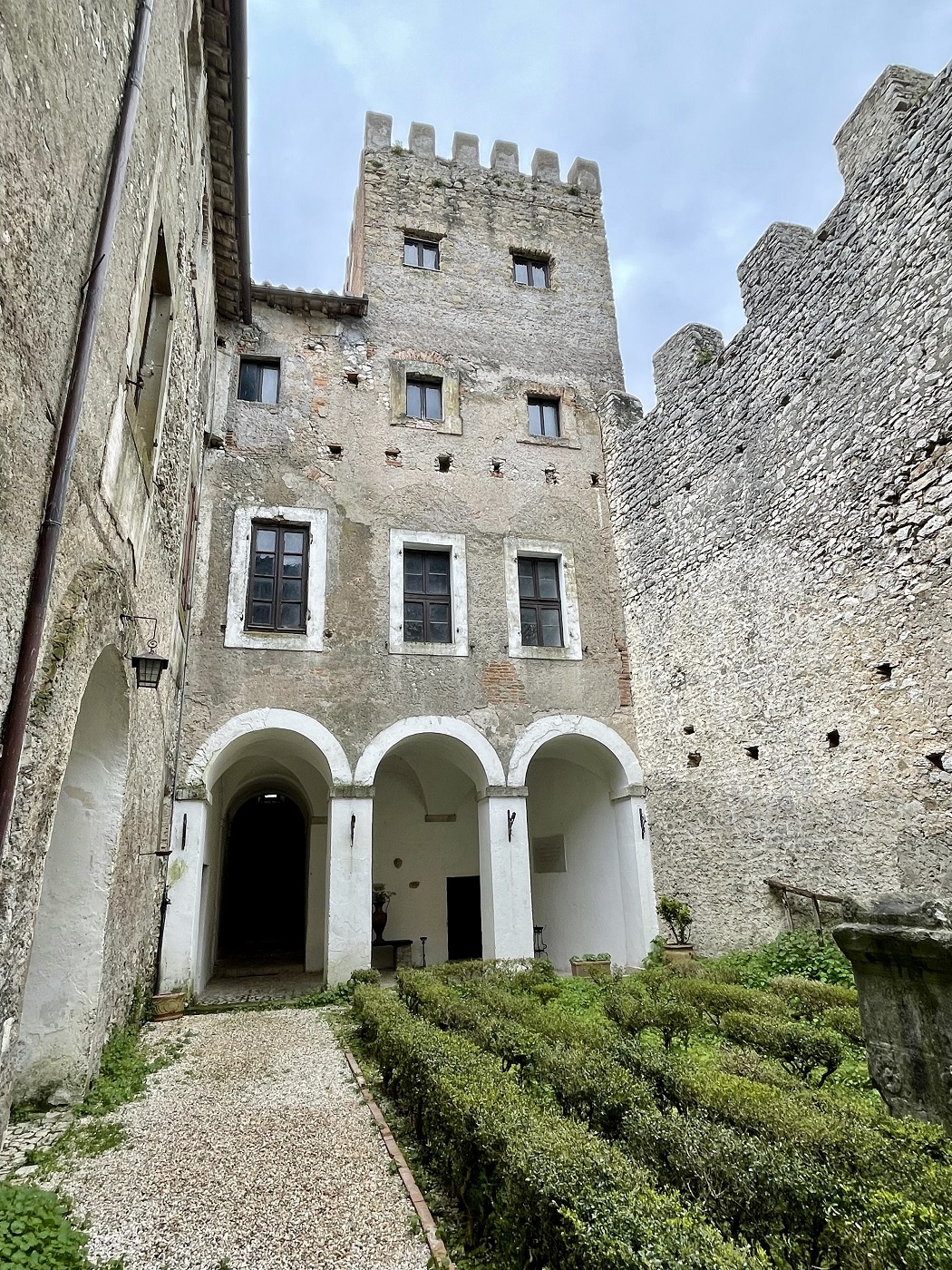In the 10th century the abbey of Subiaco built a system of fortresses to control its territory and to defend itself from the nearby diocese of Tivoli with which they shared control over the Empolitana Valley and the Aniene Valley.
Ciciliano was one of these fortresses and had a strategic role for the control of the access routes that passed through Abruzzo and that wanted to avoid paying duties to Tivoli along the comfortable via Tiburtina.
After passing to the Colonna family, the fort was enlarged with the arrangement of the quadrangular plan and the construction of four watchtowers. The castle of Ciciliano was assigned for a short time to Giovani, son of Lucrezia Borgia (daughter of Pope Alexander VI Borgia)
In the sixteenth century the castle became the property of the family of Bishop Theodoli of Cadiz, who still own it.
In the 17th century, the Theodoli family transformed part of the castle into a noble palace while leaving the general image of a fortress unchanged.
Entering the castle, one immediately admires a period carriage and immediately encounters the underground prisons; in fact, the Theodoli family was granted the privilege of administering justice in its fiefdom.
The kitchens that remained unchanged in the eighteenth century overlook the courtyard and you can see all the tools and logistics of the period.
Going up to the upper floor, you enter a hanging garden with a guard walkway from which you can monitor all the valleys below.










Follow us